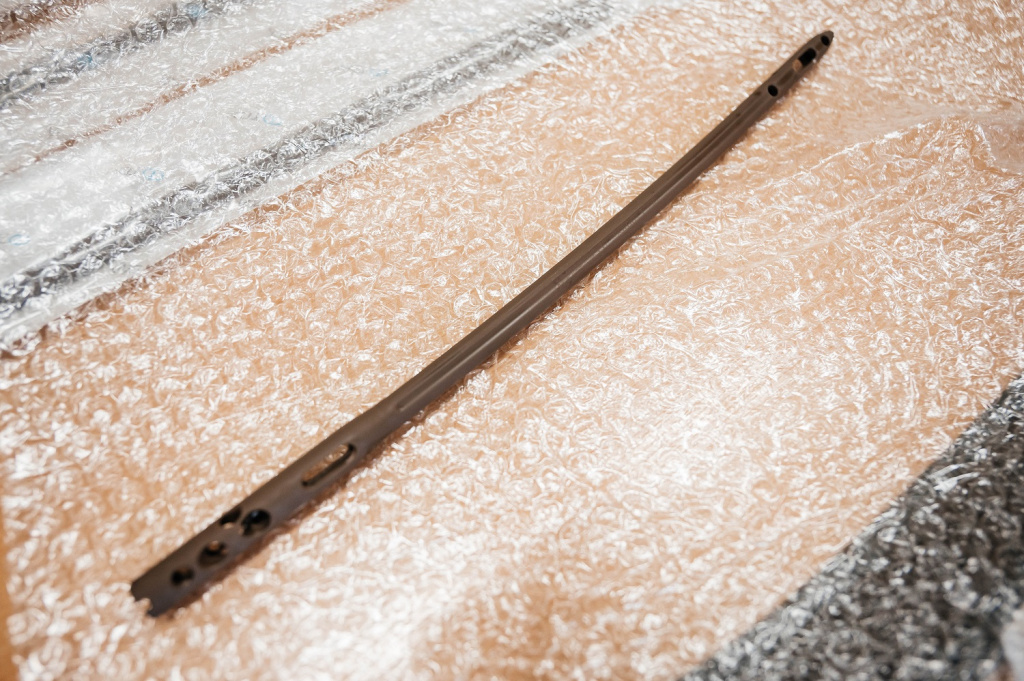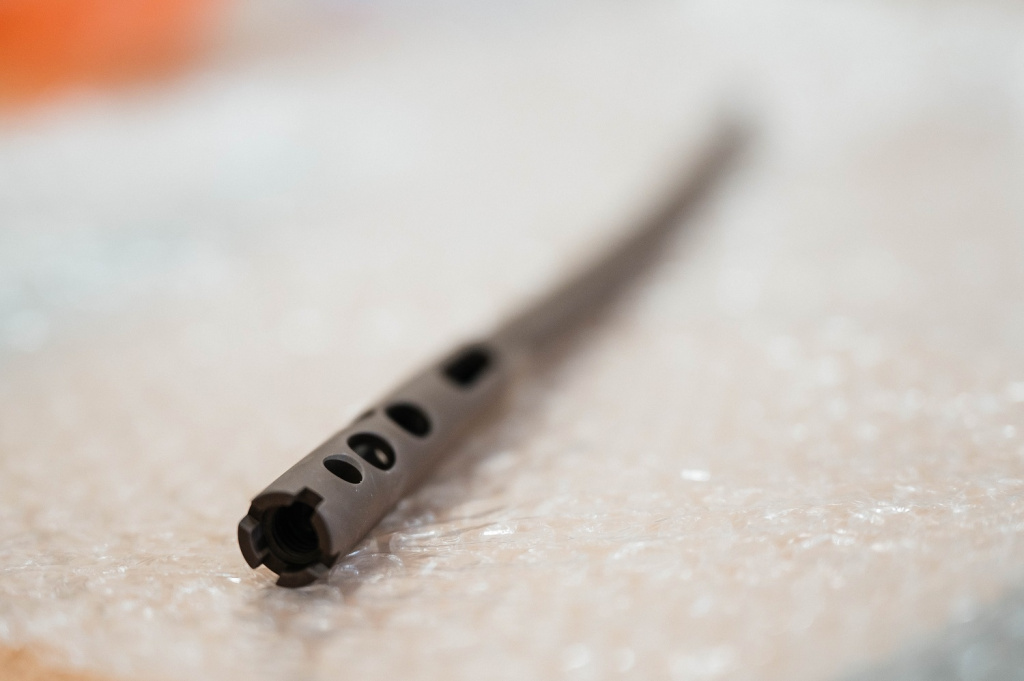
The coatings on titanium implants were formed by micro-arc oxidation with pulsed power source. This method has a number of advantages: it is more cost-effective and environmentally friendly, simple and highly productive. Moreover, it gives porous calcium phosphate and oxide coatings with high adhesive strength and accelerates osteointegration.Last year, our team was invited by colleagues from the Burdenko Hospital to present our development at the Army-2022 forum. We have had several successful joint projects completed earlier. And this proactive work expectedly resulted in a cooperation agreement between the Burdenko Hospital and TPU. The partners set the key goal to develop coated implants with antibacterial properties. We embarked upon this project and presented its results at the round table "Modern Aspects of Nanocomposite Materials in Surgery and Traumatology" held at the Army-2023 forum. It was recognized as best report in the research and business program of the Army-2023 forum,
We have developed several types of coatings under the agreement and successfully tested them for antibacterial activity and on stem cells. Now, we have narrowed down to one type, namely calcium-phosphate coatings containing zinc and composite material with an antibacterial agent. The point is that the hospital needs not just calcium-phosphate bioactive coating for implants, but implants coated with a layer performing targeted drug delivery function, primarily, antibiotics. In the experiments, bioactive zinc-containing calcium-phosphate coatings proved to be the most effective. Thus, we managed to achieve higher antibacterial efficacy and a lower number of bacteria of certain strains. In addition, the study of cell adhesion and proliferative activity has proved no toxic effect on cells. We are now using these coatings on a variety of products for hospital patients. For example, we coat individual implants for hip and elbow joint replacement, intraosseous rods and 3D products used to replace missing bones,

However, the TPU researchers are not complacent with what they have achieved. According to the scientists, they plan to analyze all the obtained results and determine the most suitable coatings for different clinical cases and different microflora. In the future, this will enable them to create individual implants not only in terms of shape and design, but also in terms inhibiting particular bacteria.
According to the project lead, another area of interest for the Burdenko Hospital partners is hybrid implants combining 3D-individual titanium structures with modified surface and 3D-bioresorbable materials, which are currently in development at the Laboratory of Plasma Hybrid Systems of the School of Nuclear Science and Engineering.
In fact, now, in cooperation with largest healthcare centers, we are shaping the domestic market of hi-tech medical products. Based on the results we have already obtained and further research, we will improve antibacterial coatings for use in surgical practice even at a high risk of microbial contamination,
